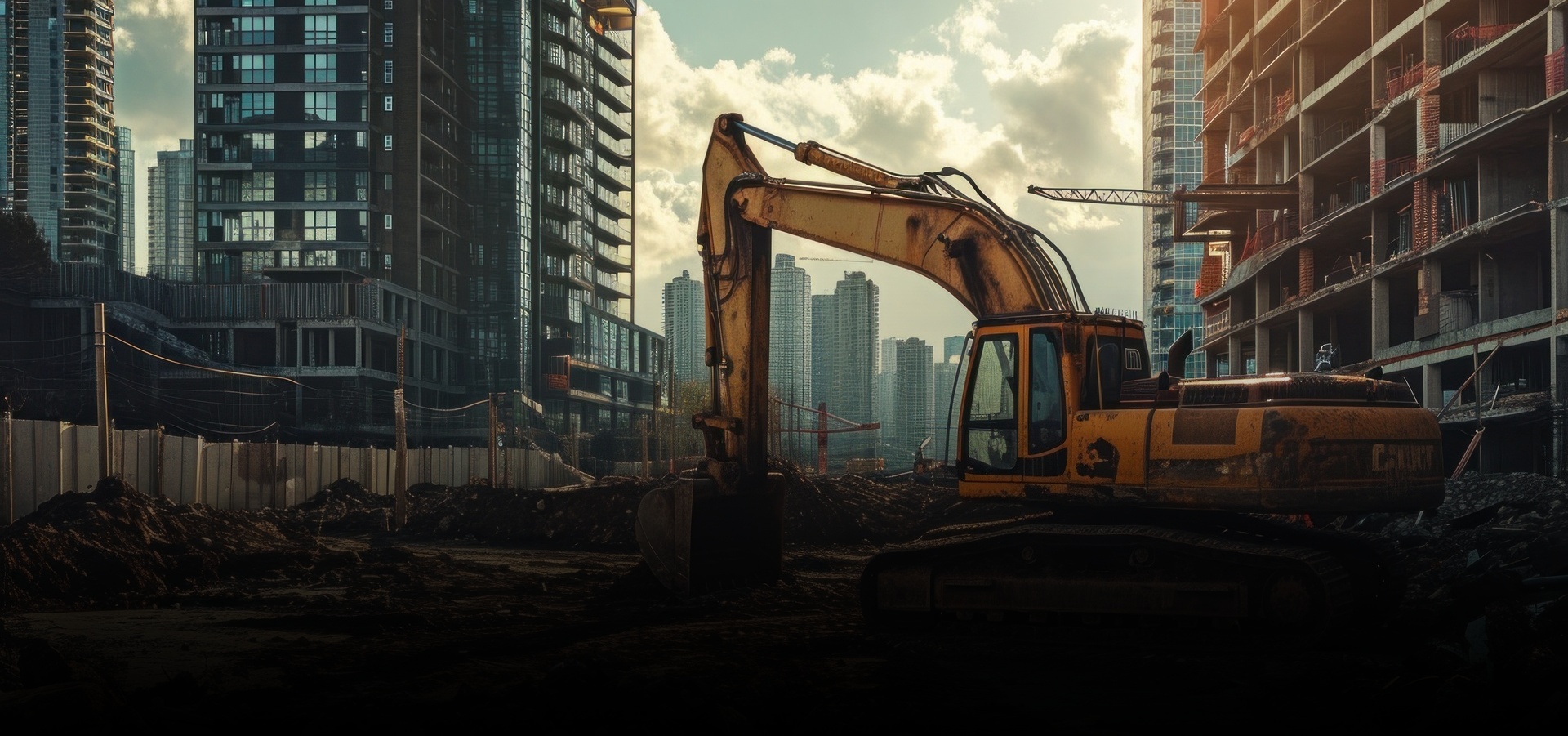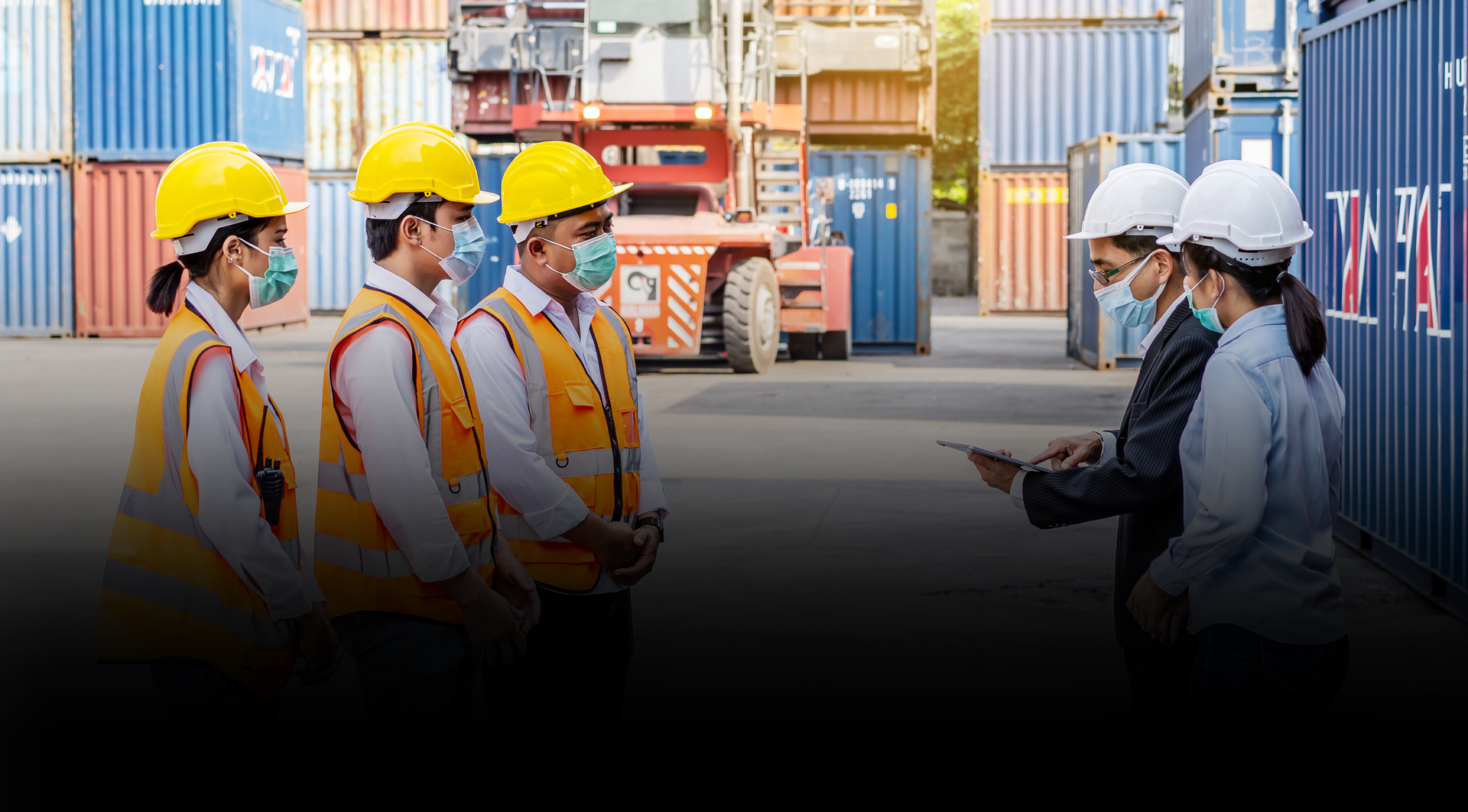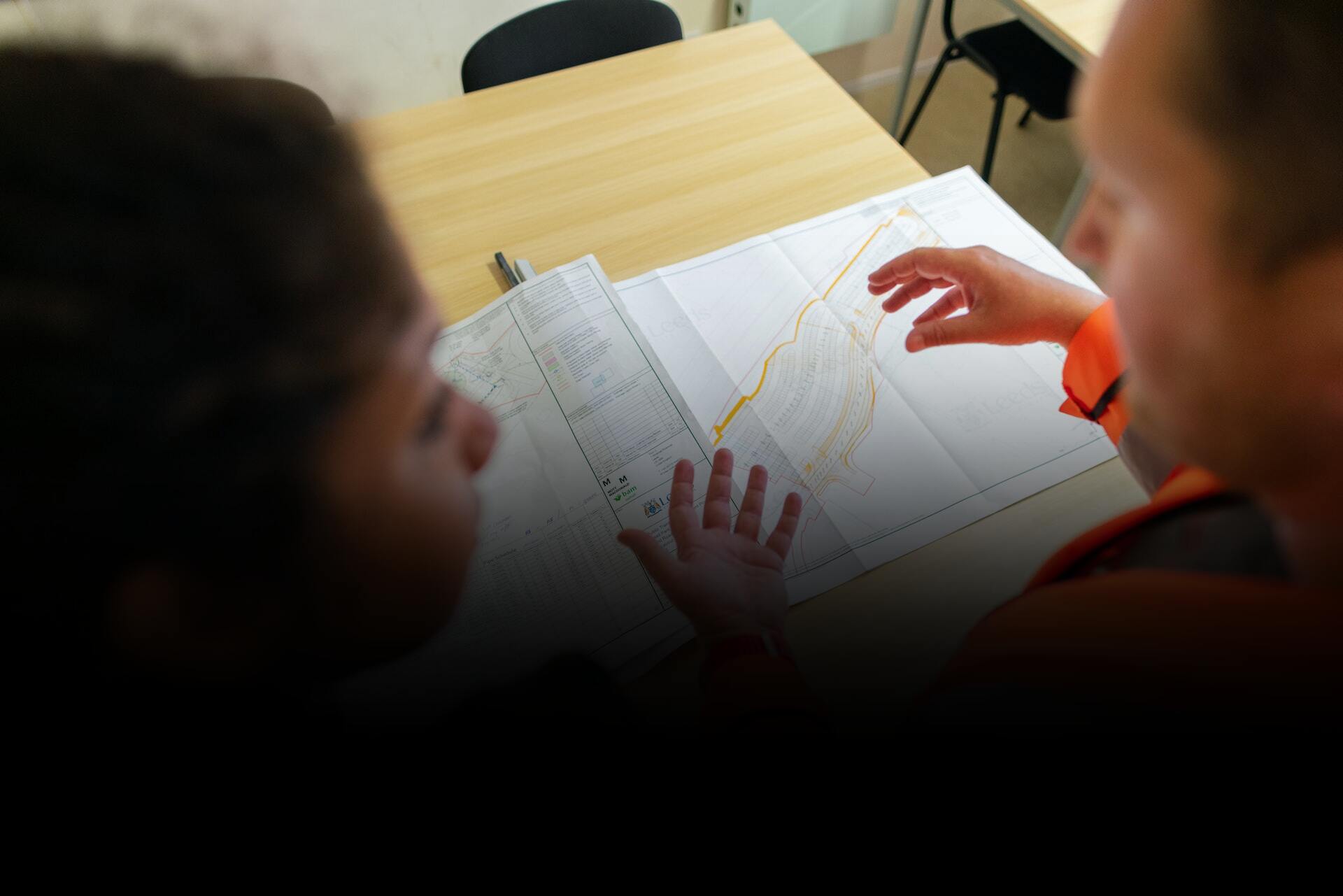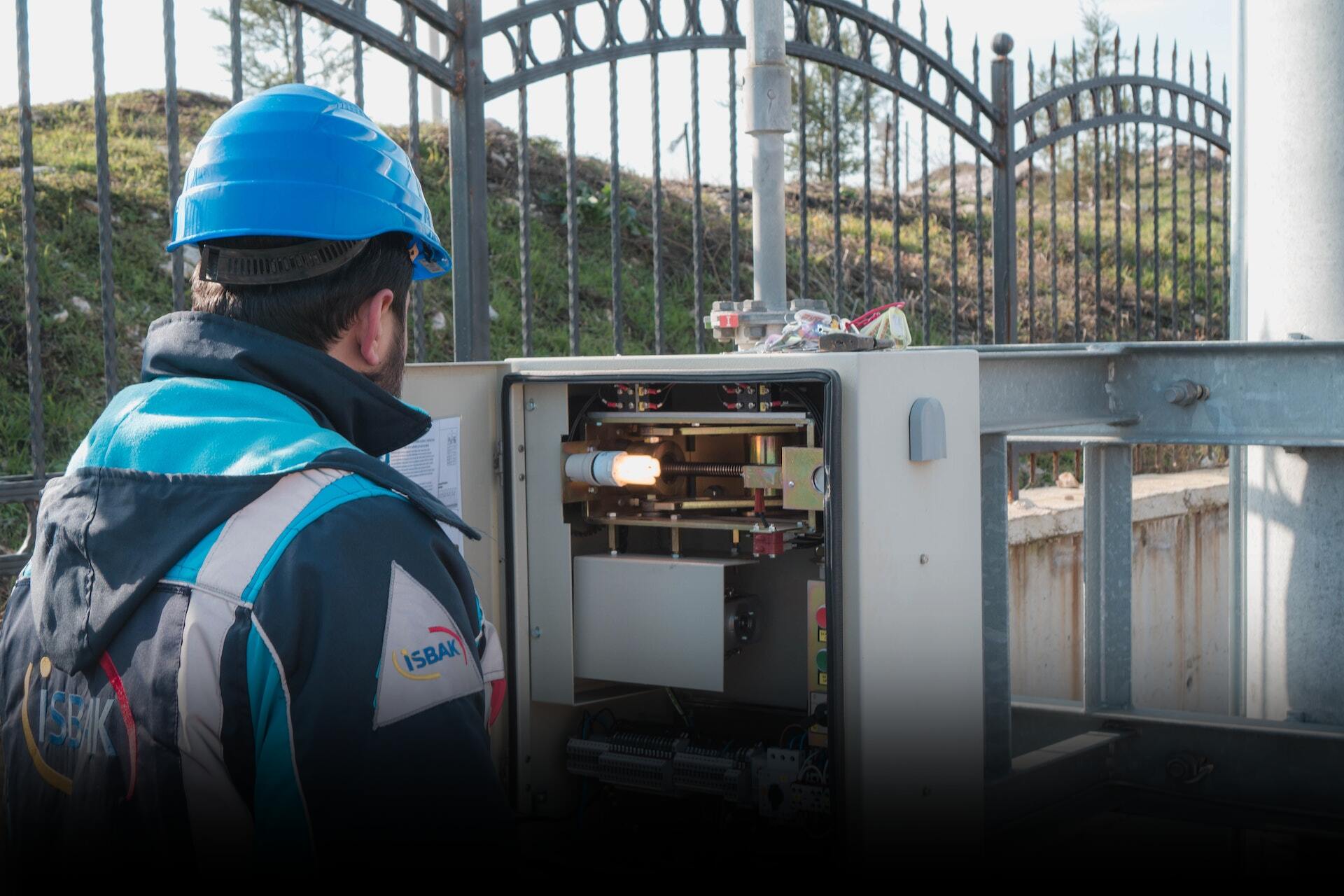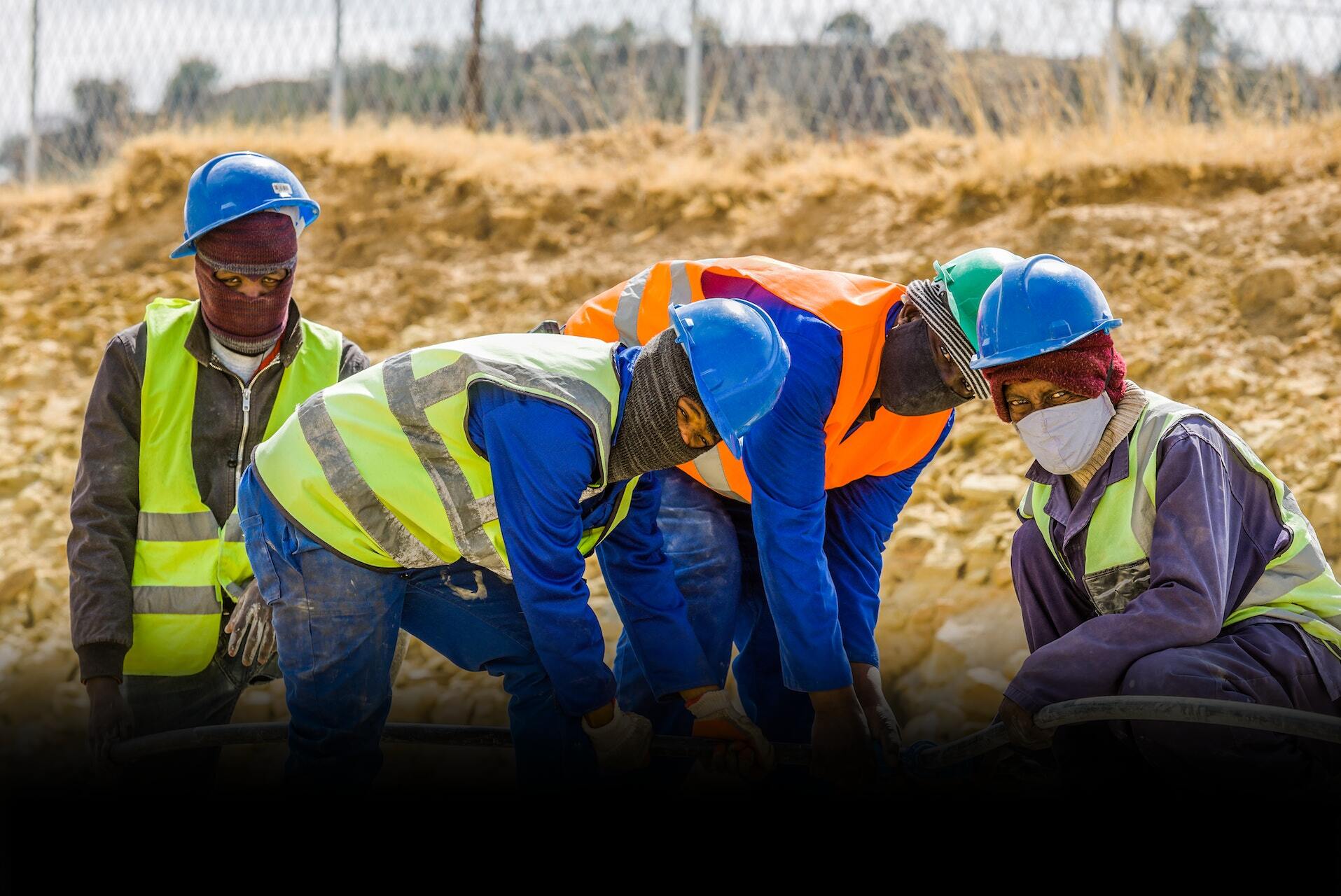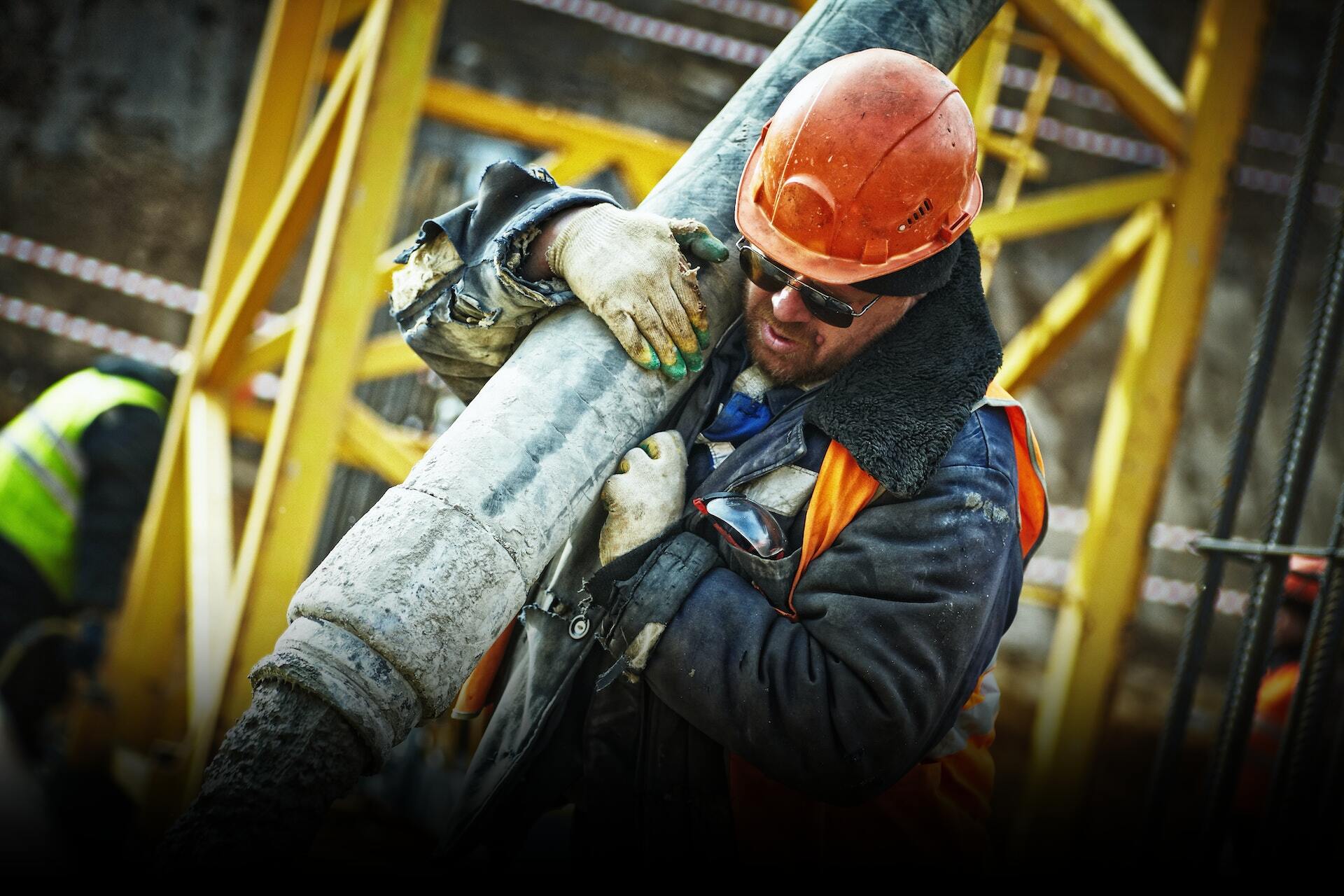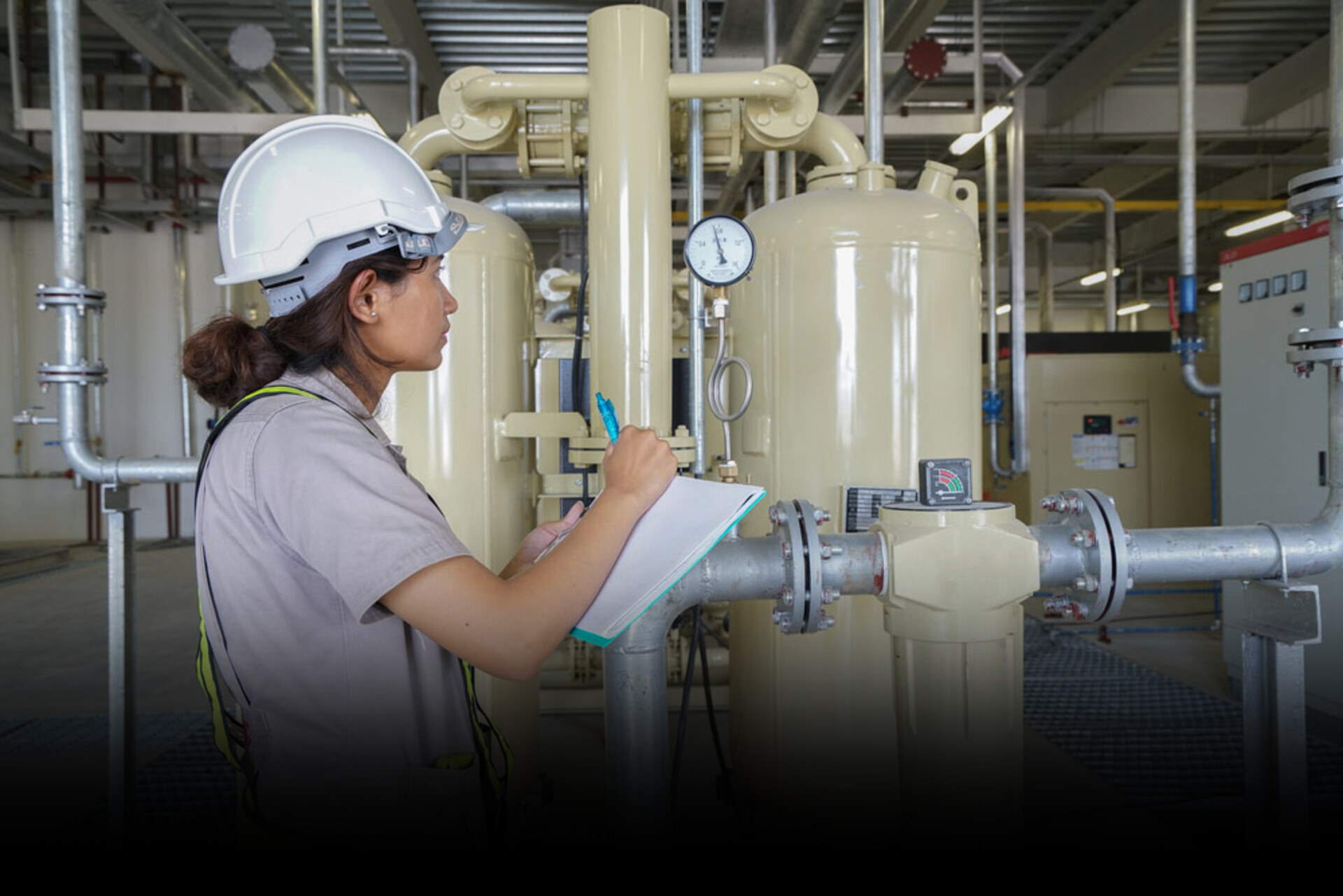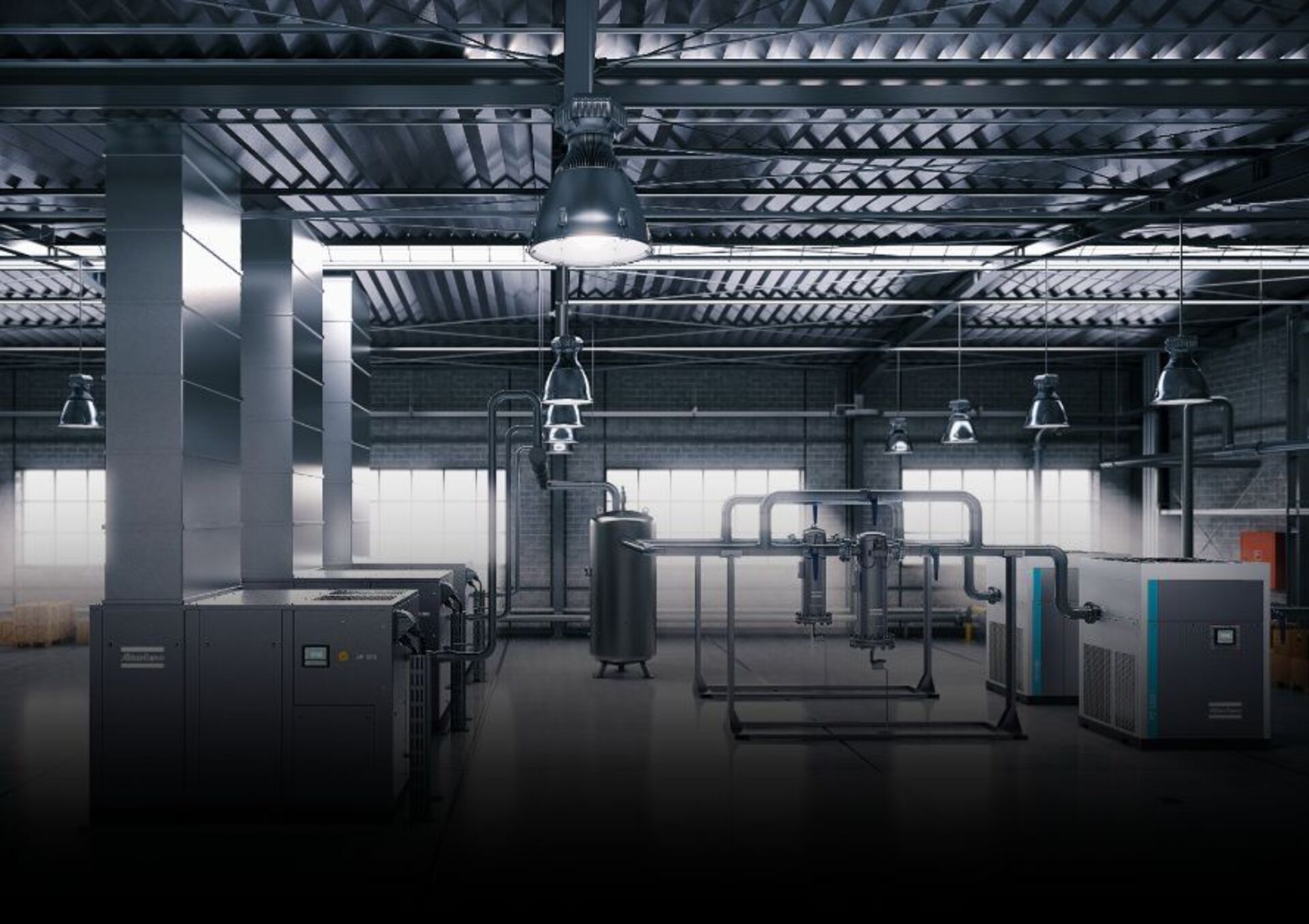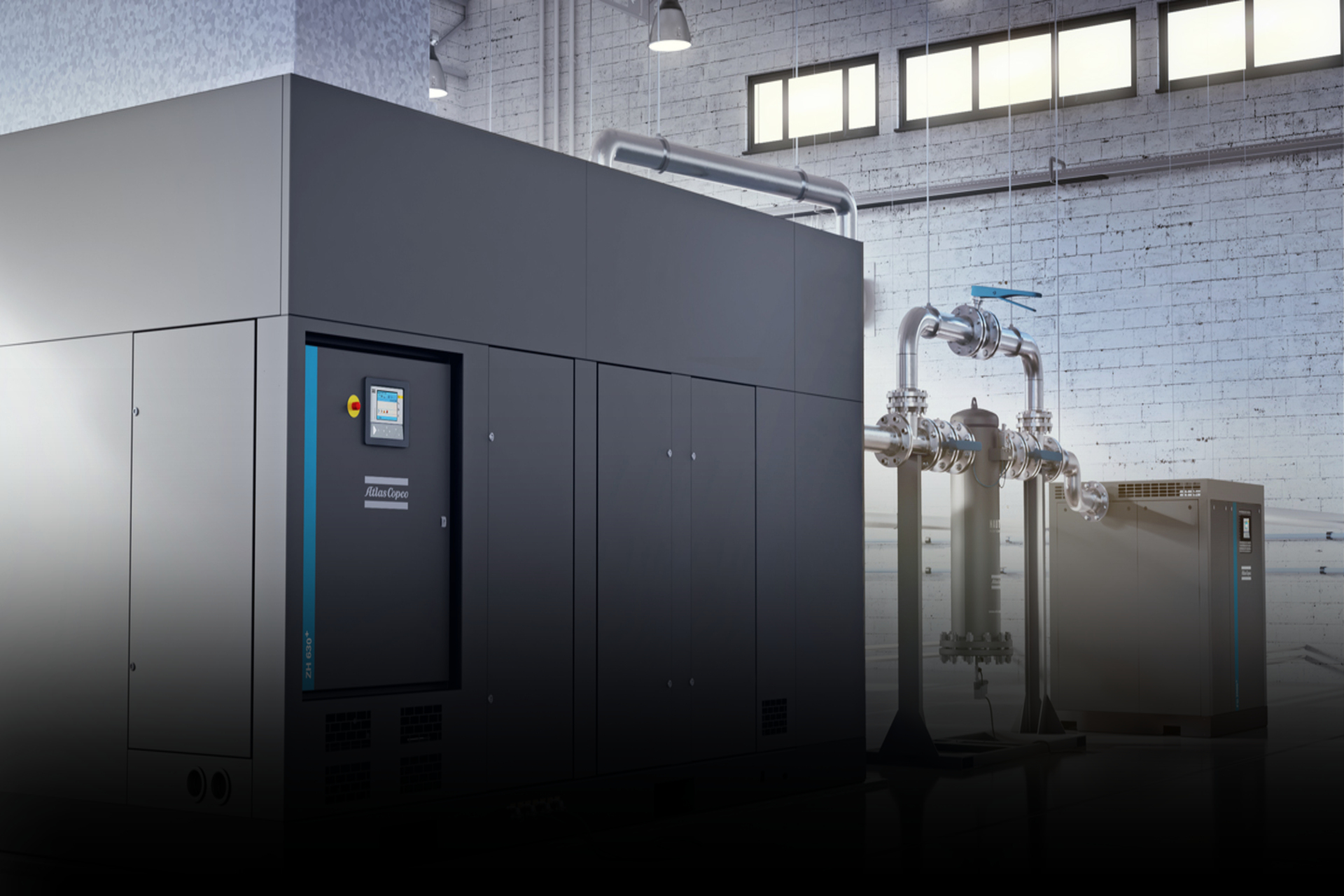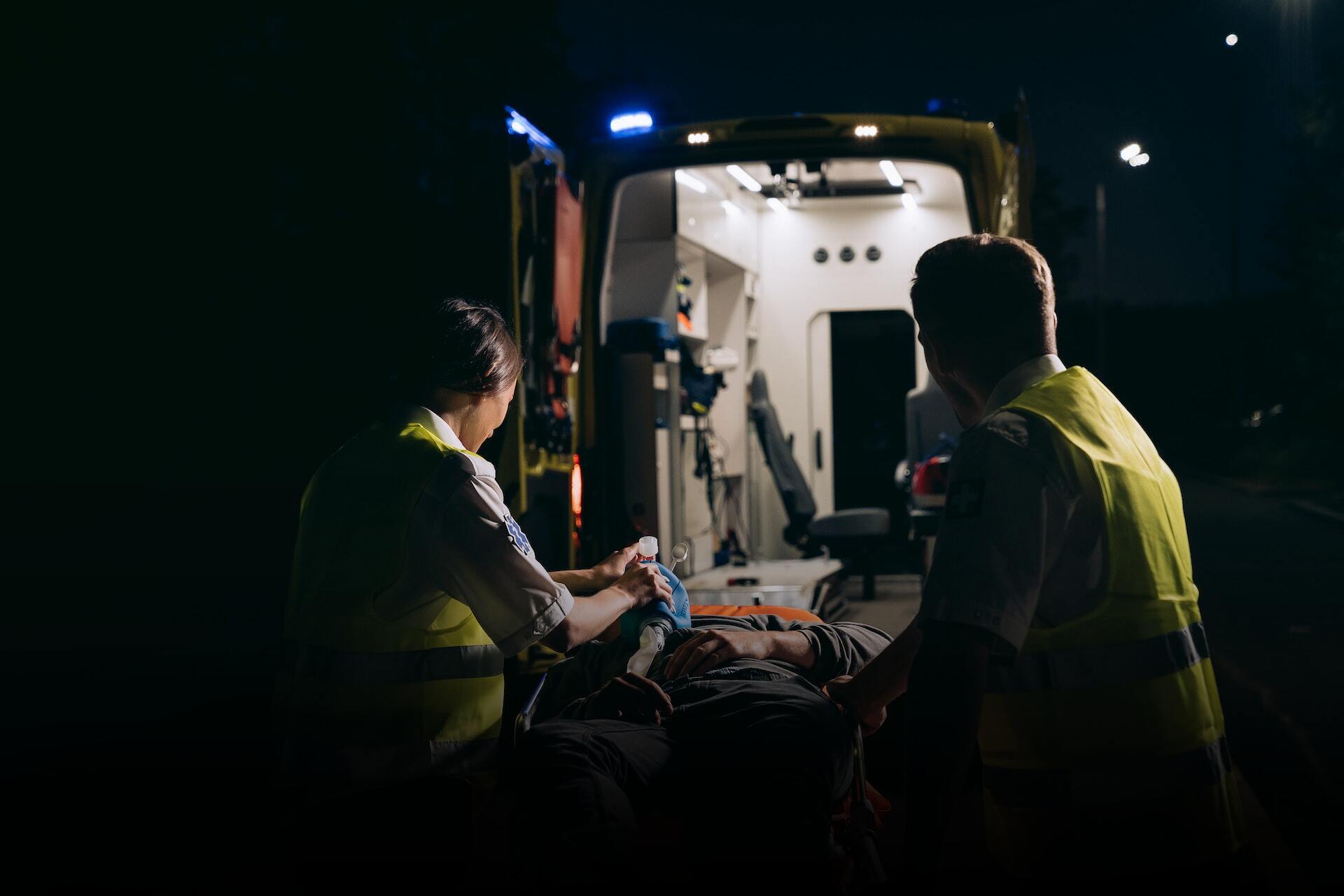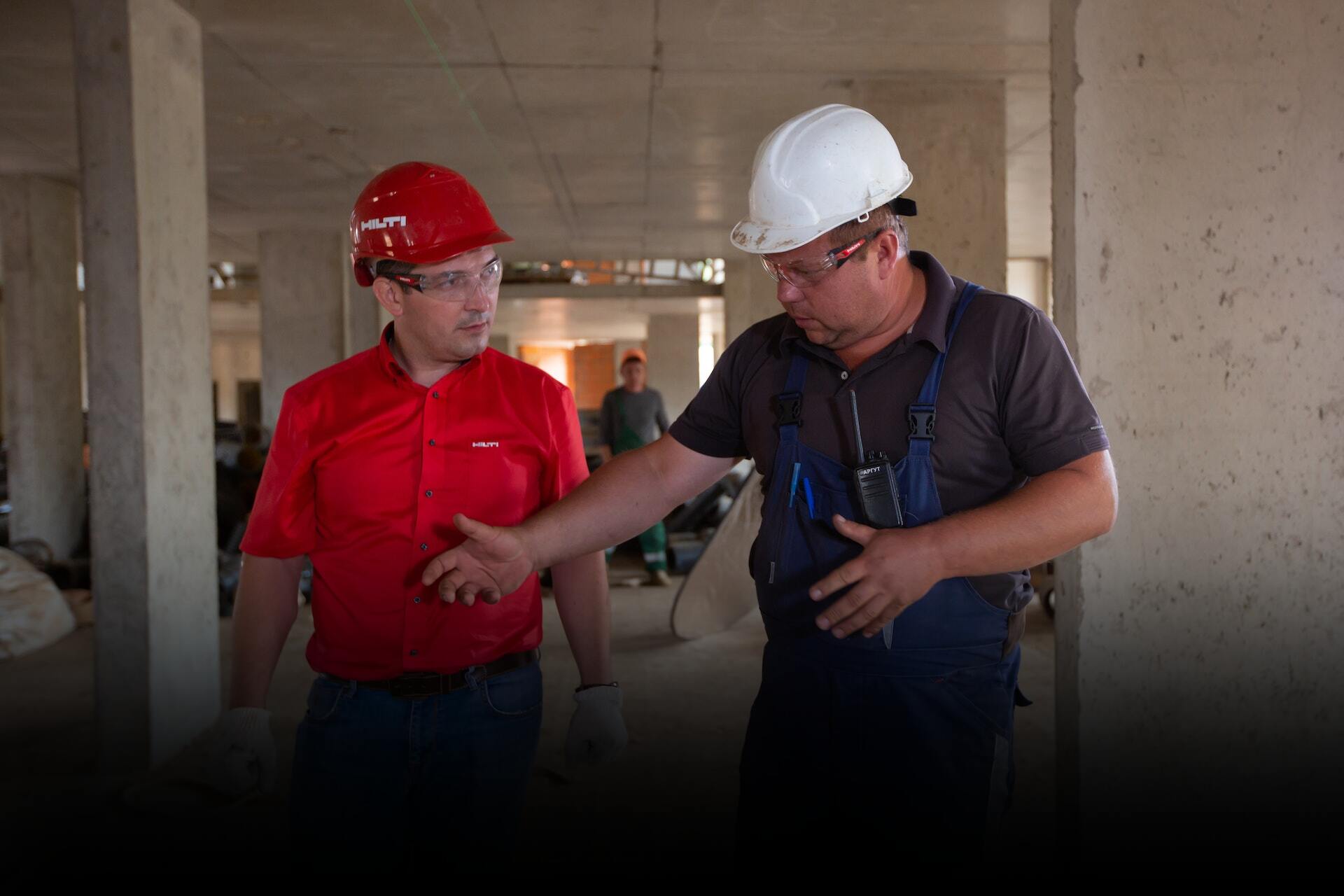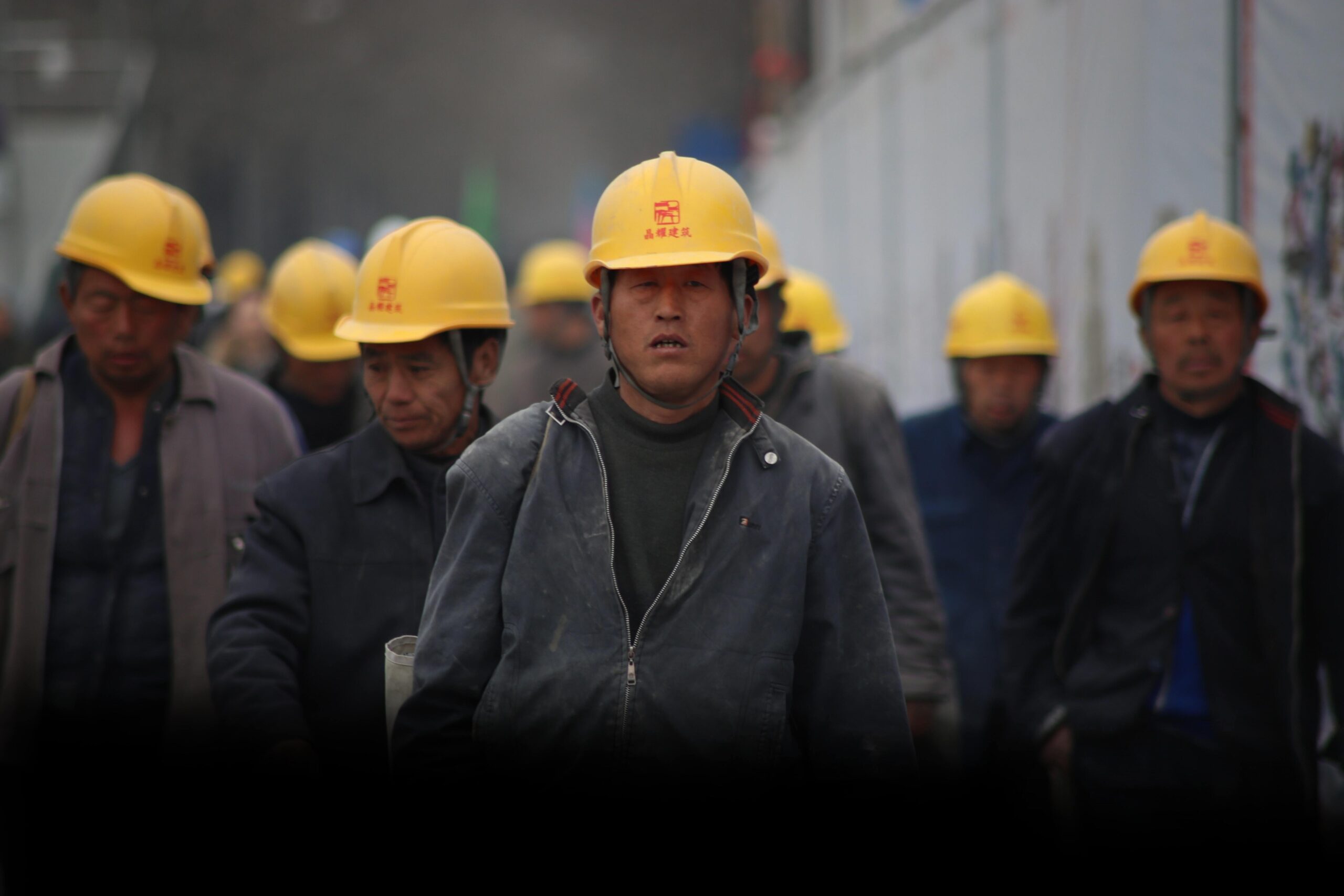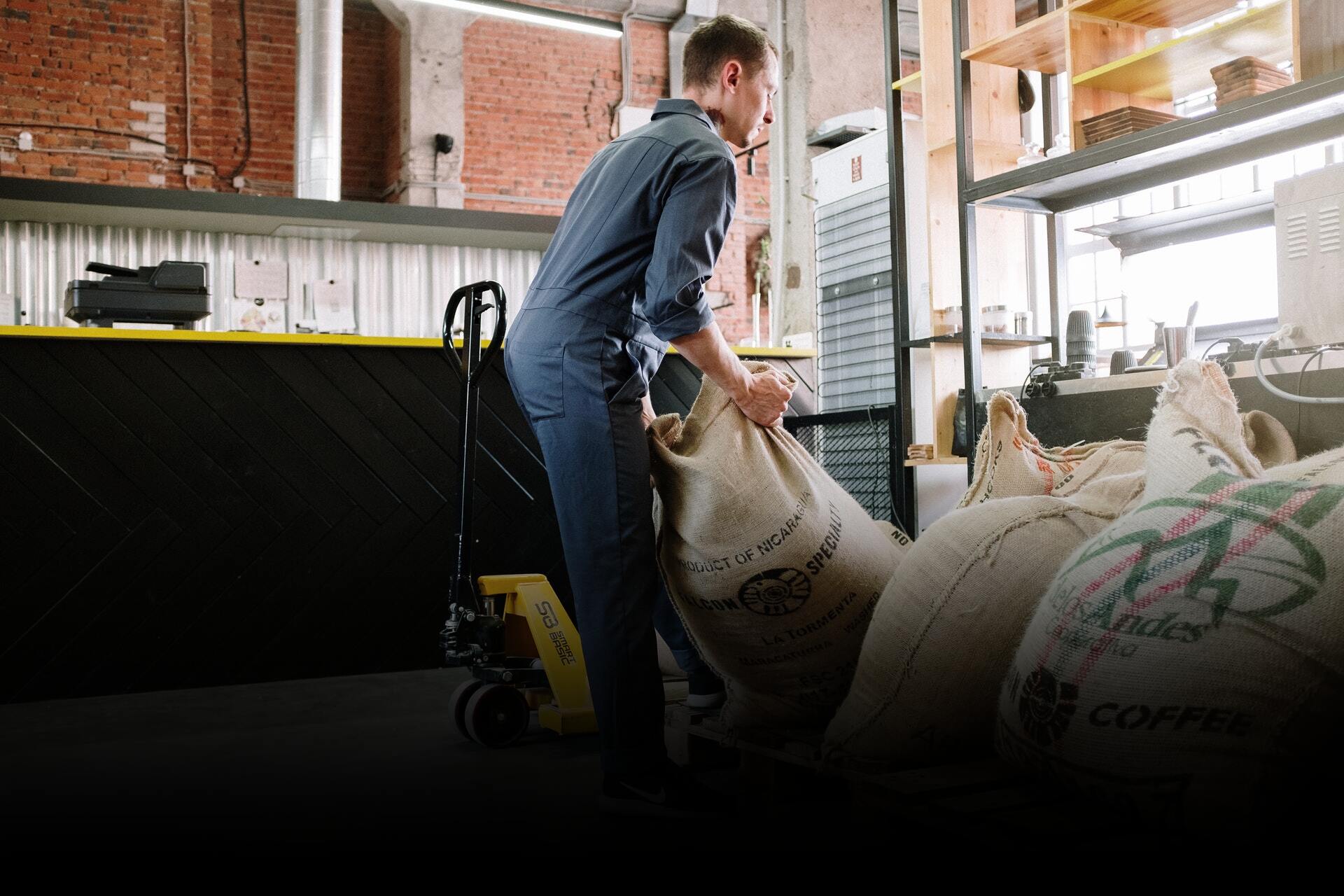
No Time to Read?
Let’s Explore the Blog Together to Know What’s Inside in 5 min summary video
Manual handling Operation means the exerted human effort rather than using any type of electrical or mechanical aids (conveyors, powered hoists), in the form of transporting, supporting, roping or throwing a load either by the hands or any other part of the body
Although using electrical or mechanical aids represent a good practice of work design, they only play part of just reducing (not eliminating) manual handling hazards, since few residual operations require the human effort to carry out. That makes injuries like musculoskeletal disorders are possible unfortunate results
This article is based on related regulations which require employers to take into account the whole handling operation and factors influencing safety of the employees who are more severely affected by their workplace.
Hazards and Risks of Manual Handling
Hazards of manual handling operations result in a wide range of risks, among them acute injuries that lead to days away from work or a period of rest. Meanwhile, chronic injuries – probably called silent predator – arising, building up silently over a long period of time, then attack and are usually irreversible or unhealable

Typical Hazards of Manual Handling
- Lifting too heavy or too cumbersome a load
- Poor body posture during lifting
- Poor lifting technique
- Falling or dropping load
- Lifting sharp-edged loads
- Lifting hot loads
Typical Risks of Manual Handling
- Muscular sprains and strains: normally occur in the back or in the arms and wrists
- Back injuries: lead to slipped disc, lumbago and sciatica where pain travels down leg
- Trapped nerve: usually in the back as a result of another injury but aggravated by manual handling
- Hernia: rupture of the body cavity wall in the lower abdomen, causing a protrusion of part of the intestine.
- Cuts, bruising and abrasions: by unprotected sharp corners or edges of the load
- Fractures: commonly of the feet due to the falling, dropping load, less common of the hand
- Work-related upper limb disorders (WRULDS): 40 million European workers suffer from chronic musculoskeletal pain
- Rheumatism: severe pain in the joints, muscular strains induced by poor manual handling lifting technique
a) Duties of Employer’s
1. Avoiding Manual Handling
Keen on eliminating, avoiding manual handling operation, by which you may not need to assess the risk in great detail. Ask questions like:
- Are the load(s) in need to be handled at all?
- Could the work be done in a different way?
2. Automation or Mechanization
If manual handling is obligatory (cannot be avoided), then apply engineering control by automation to eliminate hazard. But also consider risks arise from automation or mechanization. Design the layout of the process to minimize the transfer of materials or the distance of transfer
3. Ergonomic Approach
Along with process layout design, automation and mechanization, structured, ergonomic approach shall be considered to eliminate manual handling risks or reduce awkward body posture like bending, twisting, over reaching. When reduction of injuries is noticed, that means good indication to proper controls
4. Information of the Load
Regulations require employer to provide general indications and precise information of the load like the weight, nature of load (solid, liquid, compressed gas, hot or cold), center of gravity, practical techniques to assess the weight of unfamiliar loads and hazards and risks accompanying the type of load
5. Physical Characteristics
Physical capabilities differentiate individuals; some have the ability to carry heavier loads, more endurance than others; that’s why manual handling safety varies widely between individuals. However, in first place consider the design of the task and the workplace, then comes “variations of individual capability”
6. Clothing, Footwear or Other Personal Effects
PPE is a last option when upper controls are not adequate, but sometimes PPEs conflict with manual handling. For example, during: gloves may make gripping difficult breathing apparatus increase the stresses on the body However, Never Remove PPE to make manual handling operations easier

7. Knowledge and Training
The employer shall provide specific training on manual handling injury risks, instruction regarding the safe ways to use lifting and handling aids, and monitoring training effectiveness. Plan a training program of basic, newcomer, and refresher training. Recording who, when has been trained and content of course
8. Health surveillance
Generally, aim to detect early signs of work-related ill health if exposed to certain health risks. Although law requires health surveillance from risks (solvents), there is no duty in manual handling operations. Meanwhile, sickness absence records and annual health checks and investigating ill-health symptoms represent “health monitoring”
Safety is a state of mind. Accidents are an absence of mind
– Safety Advisor
9. Risk Assessment
Suitable and sufficient assessment, including all types of manual handling operations. once identified hazards, evaluated level of risks, and set out control measures; take into account the results of any relevant risk assessments, for example:
a) Employees especially at risk:
b) Particular elements of workplace layout
- Pregnant woman
- Young or new workers
- Old workers
- Have disability, injury or back, knee or hip trouble, hernia or other health problems
b) Duties of Employees
Shall participate effectively in consultation process when required take reasonable care for their own health and safety that others who may be affected by their activities never pose colleagues to risk Follow health and safety instructions, procedures Co-operate effectively to prevent injuries proper use of provided equipment, PPEs in accordance with their training and the instructions follow systems of work established to promote safety during the handling of loads.







